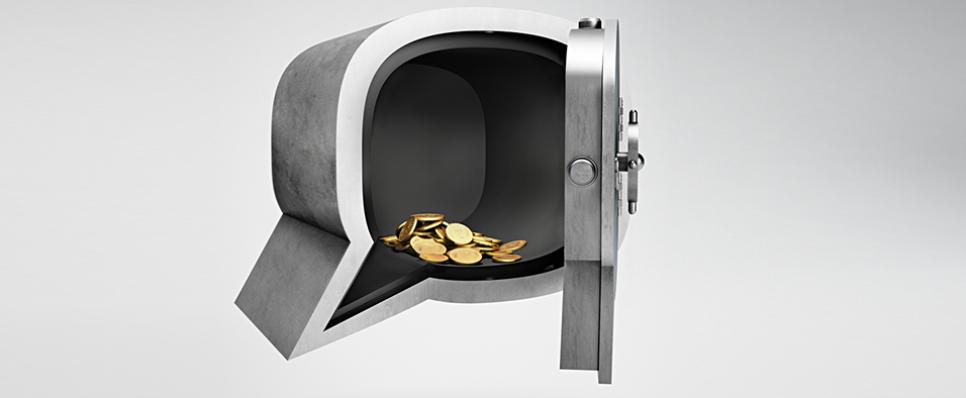Published: 27 Sep 2017
Where do countries store their gold reserves?

Gold reserves are the massive quantities of gold that belong to the government of a country. The United States government has the largest reserve at 8133.5 metric tons (equivalent of approximately 655,000 gold bars), while the government of India clocks in 11th on the list and has gold reserves of 557.8 metric tons (approximately 45,000 in gold bars).
Most of this gold is the legacy left behind after the end of the gold standard, and governments now hold these gold reserves as a means to hedge the risks in their currency. With all this gold comes the worry of safely storing the precious metal. Governments choose to store their gold reserves over a distributed network of banks to ensure security of their reserves. While at first thought, it might seem logical to keep all the gold you own as close as possible, several countries opt to keep their gold reserves abroad. The reason for this, however, is that it is an after-effect of a transaction that was paid for in gold by one country’s government to another. Transporting and moving tons of gold across the globe is a risky operation to the say the least. Hence, most countries simply ask the other government to transfer ownership of some of their gold reserves to them, while maintaining the physical stockpile in their own country.
The United States, Germany, and Italy – the top 3 countries with the largest gold reserves in the world– all store at least 68% of their gold in foreign reserves, while India, China and Russia respectively store 6.3%, 2.2% and 15% of their gold reserves in foreign countries. However, with the advancement of technology and the lowered risk of managing the transportation of gold across borders, several countries have begun reversing this trend, with more nations now opting to repatriate the precious metal.











